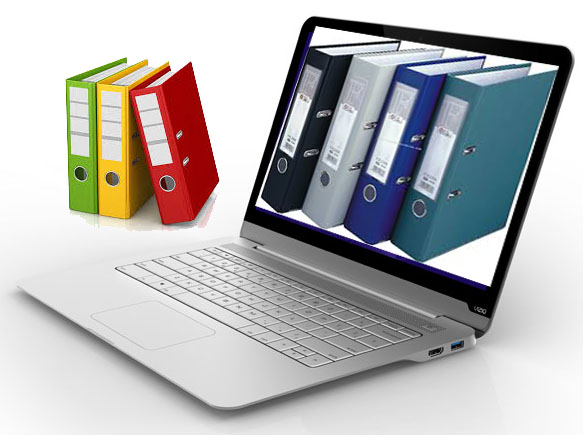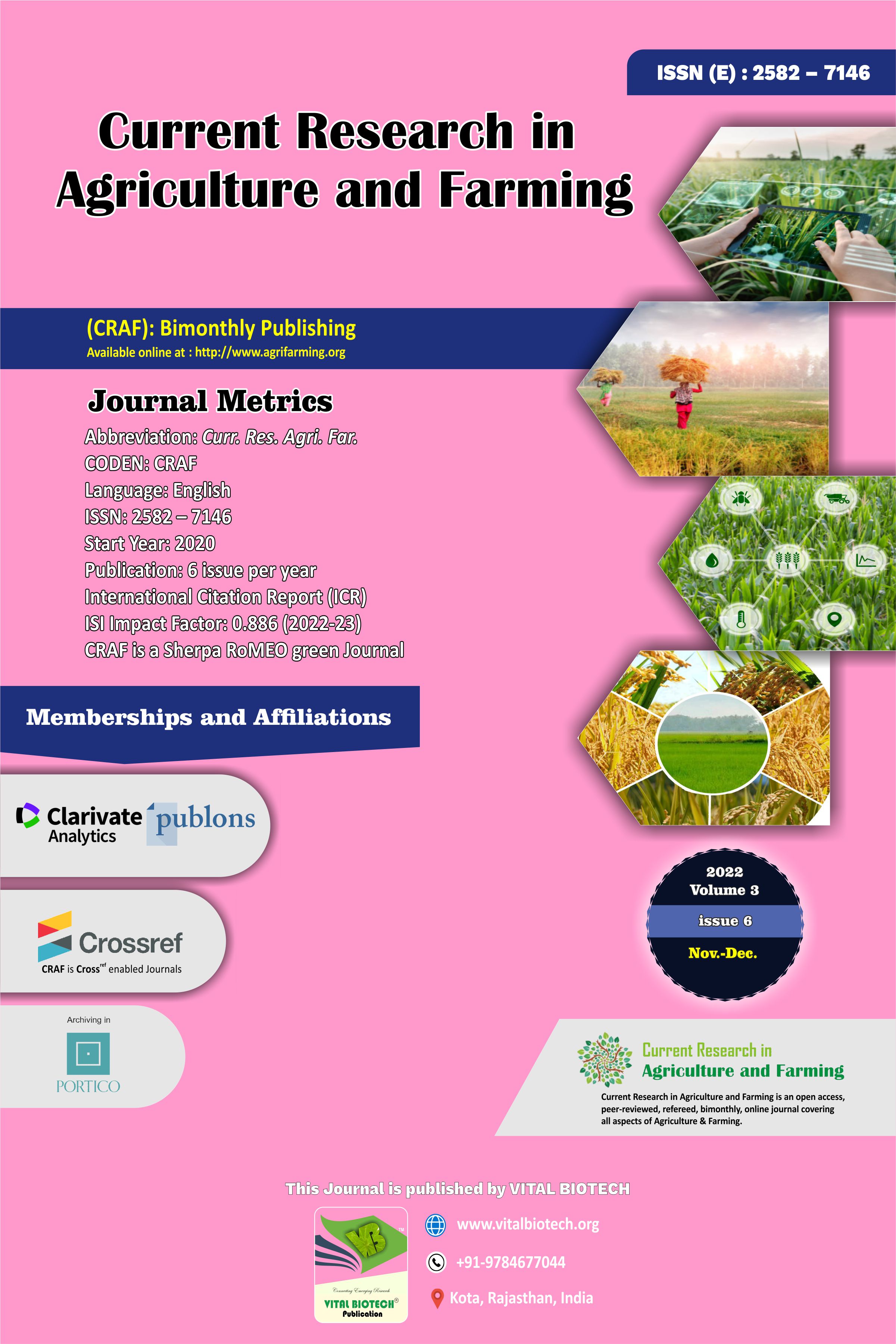

Current Research in Agriculture and Farming (CRAF)
Year : 2022, Volume : 3, Issue : 6
First page : (19) Last page : (33)
Article doi: : http://dx.doi.org/10.18782/2582-7146.180
Saha S.N., Tiwari S., Sisodiya A.S.*
Department of Food Processing and Technology,
Atal Bihari Vajpayee Vishwavidyalaya Bilaspur, Chhattisgarh
*Corresponding Author E-mail: aakriti.singh.sisodiya9@gmail.com
Received: 12.10.2021 | Revised: 23.11.2022 | Accepted: 7.12.2022
ABSTRACT
Membrane technology is widely utilised in industries for separation, concentration, filtering, and extraction operations. Membrane technology carries out various applications by utilising simple and specially designed semi-permeable membranes. It uses little energy and is thus considered a green technology. Ultrafiltration (UF), Microfiltration (MF), Nano-filtration (NF), and Reverse osmosis (RO) are membrane filtration methods that have a major influence on the organoleptic and nutritional qualities of juice. The adoption of a membrane method linked with enzymatic hydrolysis resulted in clarified and concentrated fruit juices with good sensory and nutritional quality. Membrane fouling is a significant problem of membrane-based separation processes. Membrane procedures powered by pressure, such as MF, UF, NF, and RO, allow for the separation of components with a wide variety of particle sizes. Because of this, they have a wide range of uses in the food processing business.
Keywords: Membrane technology, Ultrafiltration, Microfiltration, Reverse osmosis
Full Text : PDF; Journal doi : http://dx.doi.org/10.18782
Cite this article: Saha, S.N., Tiwari, S., Sisodiya, A.S. (2022). Membrane Separations, Curr. Rese. Agri. Far. 3(6), 19-33. doi: http://dx.doi.org/10.18782/2582-7146.180

